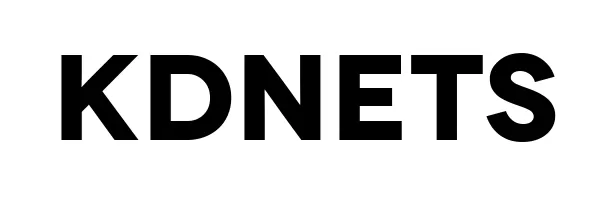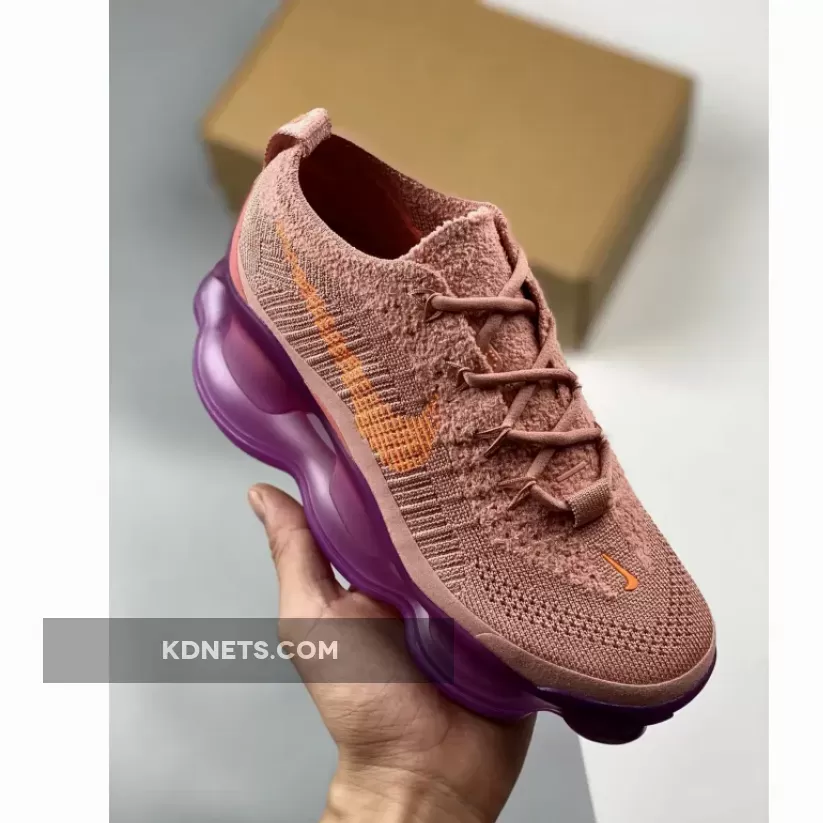The question “What is the color of a scorpion?” might seem deceptively simple, evoking images of arid landscapes and subtly camouflaged creatures. The answer, as we know, is multifaceted: yellow, black, red, brown – a palette dictated by the need for survival in diverse environments. But what if we shift our focus from the natural world of desert scorpions to the vibrant, synthetic realm of Nike Air Max sneakers? Can we find a similar, albeit less survival-driven, spectrum of color in these iconic shoes? And, more intriguingly, what unexpected connections, beyond a shared name, might exist between the humble scorpion and the globally popular sneaker?
The seemingly random assortment of search terms – “women’s Air Max scorpion,” “Air Max orange pink,” “Air Max purple,” “Nike scorpion purple,” “muted pink,” “purple Nike,” “pink and orange Air Max,” “pink and orange ones,” “Dickies shoes Nike,” “pink Air Max” – reveals a fascinating glimpse into the consumer landscape. These phrases aren’t just random strings of words; they represent a tapestry of individual desires, aesthetic preferences, and the complex relationship between brand recognition and personal expression.
The presence of “women’s Air Max scorpion” immediately hints at a potential market segment seeking a unique, possibly limited-edition design. The term “scorpion” here is less about the creature’s natural color palette and more about a symbolic or thematic association. It suggests a potential design incorporating scorpion imagery or a color scheme inspired by the creature’s appearance. Nike, known for its innovative designs and collaborations, might have explored this theme, creating a sneaker that blends the athletic functionality of Air Max with a bold, edgy aesthetic.
The repetition of color terms – “Air Max orange pink,” “Air Max purple,” “Nike scorpion purple,” “muted pink,” “pink and orange Air Max,” “pink and orange ones,” “pink Air Max” – underscores the diversity of color options available within the Air Max line. This echoes the scorpion’s own diverse coloration, but on a much more vibrant and expressive scale. The spectrum ranges from the muted tones of “muted pink” to the bold combination of “pink and orange,” highlighting the range of choices consumers have in expressing their individual style through footwear.
The inclusion of “purple Nike” and “purple Nike scorpion” suggests a specific color preference within the context of the Air Max line and, perhaps, a desire for a shoe that combines the prestige of the Nike brand with a specific color associated with either royalty, mystery, or even the potential for a thematic link to the scorpion’s color variations in certain species. The “muted pink” further broadens the spectrum, suggesting a move away from the intense, neon colors often associated with athletic footwear towards a more subtle and sophisticated aesthetic.
The addition of “Dickies shoes Nike” introduces an intriguing juxtaposition. Dickies, known for its durable and practical workwear, represents a contrast to the often-flashy and fashion-forward image of Nike. This phrase suggests a consumer interest in a crossover product, potentially a collaboration that combines the comfort and style of Nike Air Max with the rugged durability of Dickies. Such a product could appeal to a consumer seeking a blend of fashion and functionality, highlighting the versatility of the Air Max design.
The collective data points towards a multifaceted consumer base with diverse preferences. Some seek the bold and striking, reflected in the “pink and orange” combinations. Others favor the more subdued elegance of “muted pink.” Some are driven by brand loyalty, evident in the repeated mentions of “Nike.” And still others are drawn to the intriguing potential of themed designs, as suggested by “women’s Air Max scorpion.”
This exploration of search terms, far from being a simple exercise in data analysis, reveals a compelling narrative about consumer preferences, brand recognition, and the subtle but significant ways in which seemingly disparate elements – a desert scorpion and a high-performance athletic shoe – can intersect in the marketplace. It highlights the power of color in shaping perceptions, the importance of branding, and the diverse ways in which consumers express their individuality through the choices they make. The simple question “What is the color of a scorpion?” thus leads us on a journey far beyond the natural world, into the vibrant and ever-evolving world of fashion, design, and consumer desire. It underscores the fact that even a seemingly simple biological question can open doors to a fascinating exploration of human expression and the intricate dynamics of the consumer market. The seemingly random search terms are, in fact, pieces of a larger puzzle, a puzzle that reveals the nuanced relationship between a creature of the desert and a globally recognized symbol of athletic achievement.

